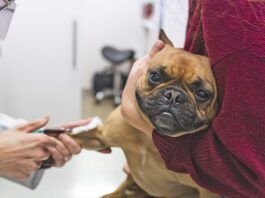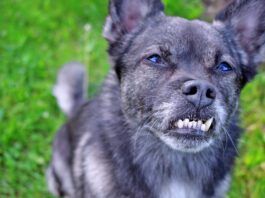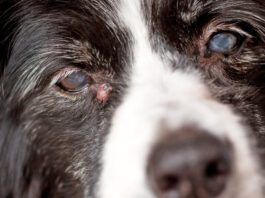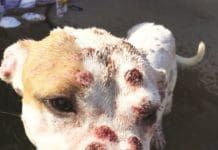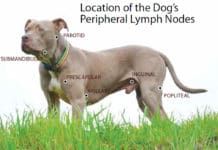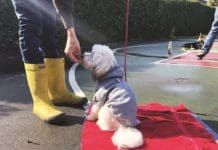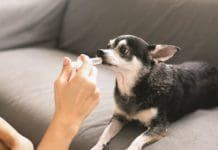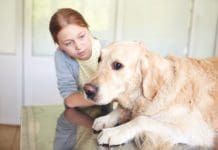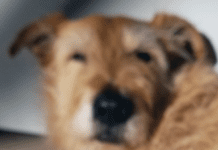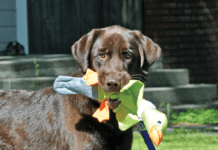Quality of Life for Your Dog and You
In August 2011 my friend Tory felt a couple of small lumps on the throat of her 13-year-old mixed-breed dog, Scout. Within a couple...
Going Long
Summer is for reading, yes? These long summer days are a perfect time to relax and enjoy a good, long read that improves your...
Coccidioidomycosis: A Southwestern Hazard
If you live in or travel to the Southwest, particularly Texas, California, or Arizona, it is important that you know about a fungal infection...
Canine Lymphoma: Risk Factors, Symptoms, Diagnosis, and Treatment
Lymphoma accounts for 7 to 24% of all canine cancers and approximately 85% of all the blood-based malignancies that occur, making it one of...
Tips on Living With and Training a Blind Dog
When Orbit came into one of the classes I offer for puppies and their owners, in Santa Cruz, California, he was in most ways...
Know Your CBDs
It’s everywhere: CBD, the “miracle” drug. Each week, I probably have several clients inform me – their veterinarian – that they are giving this...
Osteosarcoma: Causes, Diagnosis, and Treatment
Osteosarcoma (OSA) has been found in every vertebrate class and has even been identified in dinosaur fossils, but it appears to be more prevalent...
Fear Free Veterinary Care
Does your dog know when you are approaching the veterinary clinic? Sadly, many dogs are nervous, anxious, or just uncomfortable at the vet’s office.
Thankfully...
Canine Constipation
Constipation seems like it should be a straightforward medical problem, but this is far from the case! Constipation occurs when there is difficulty or...
Confidence Lost
When Woody (my three-year-old pit bull-mix) was a tiny puppy, just another one in a litter of nine that I was fostering for my...
How to Get the Tick Out
It’s creepy enough that there are billions of these tiny insects living in the woods and fields, just waiting to latch onto your dog...
About Mast Cell Tumors in Dogs
Mast cell tumors (MCTs) are the most common form of malignant skin cancer that occurs in dogs, accounting for about 14 to 21 percent...




